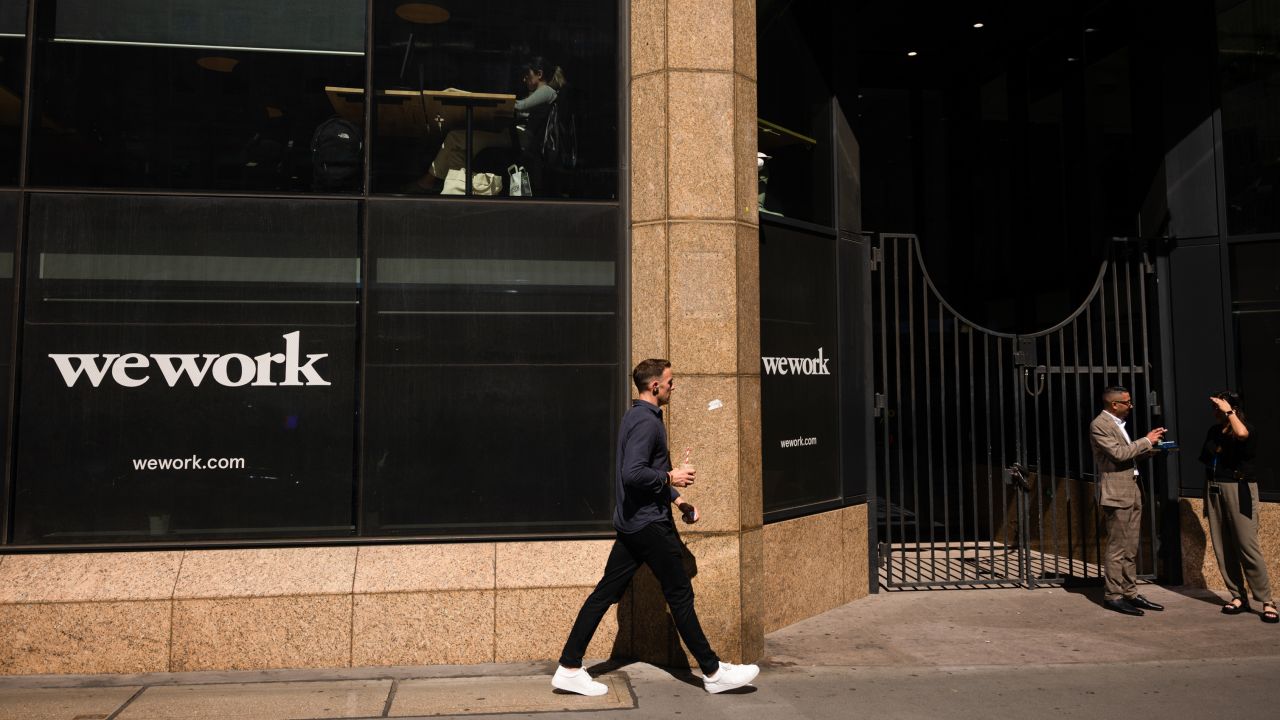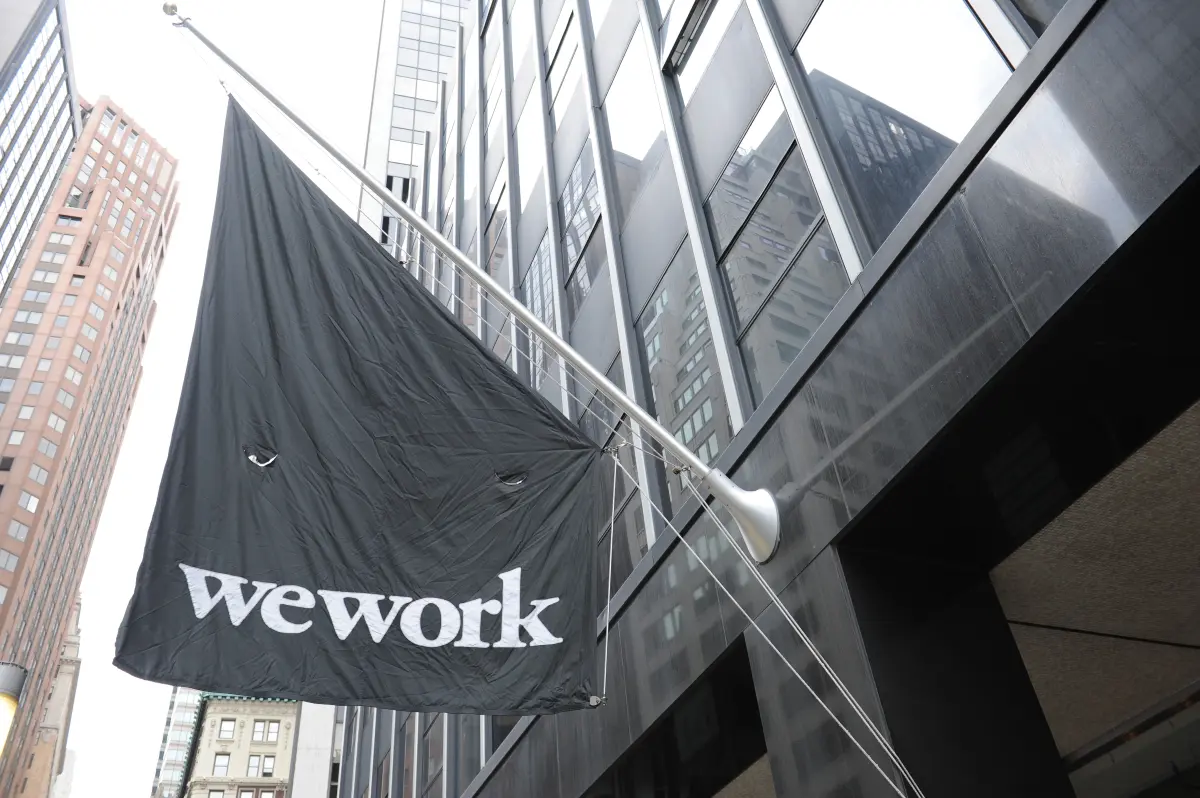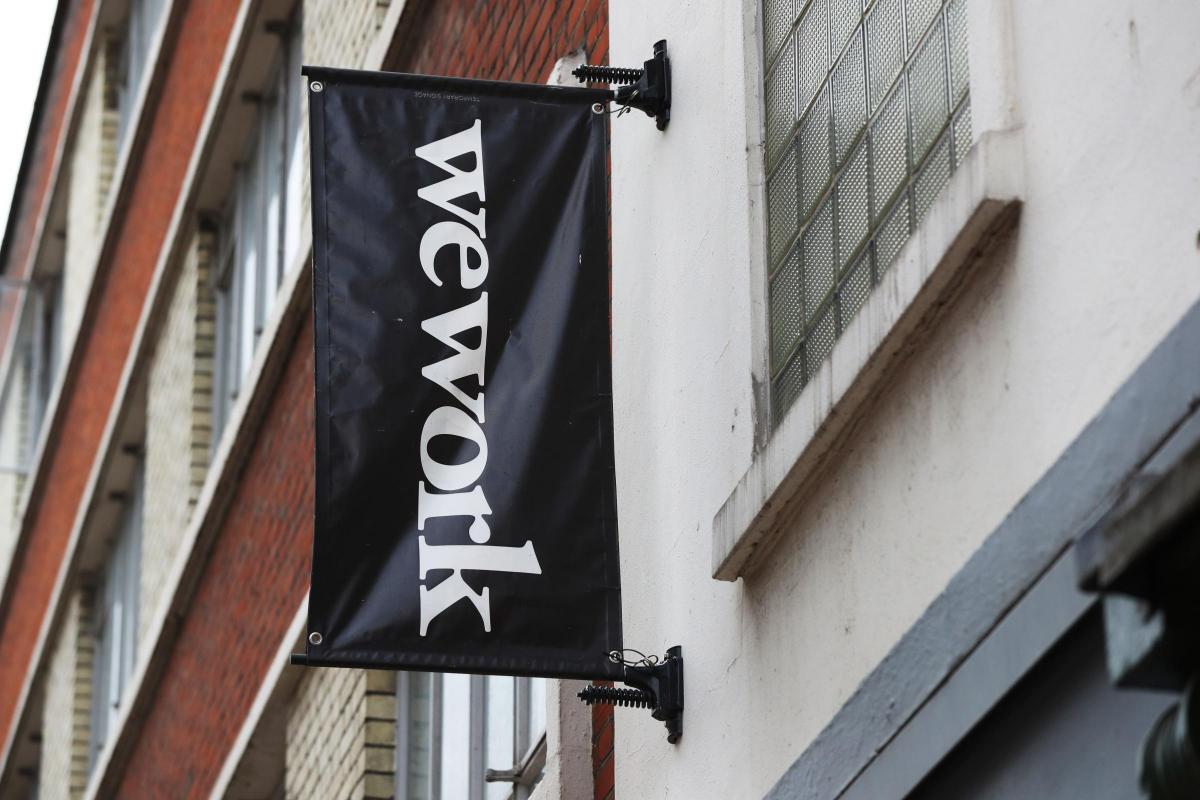WeWork’s Bankruptcy: A Revelation of Unworkable Economics
Flexible office-space company WeWork has officially filed for Chapter 11 bankruptcy protection in the United States and Canada. The filing aims to convert certain debts to equity investments and reevaluate the company’s commercial office lease portfolio, in an effort to salvage the business and alleviate its financial burden.
Key Takeaway
WeWork’s bankruptcy filing reveals the consequences of prioritizing rapid growth over sustainable economics. The company’s flawed business model and heavy dependence on external funding ultimately led to its downfall. As the dust settles, WeWork’s bankruptcy serves as a cautionary tale for other companies seeking unchecked expansion at the expense of long-term profitability.
While WeWork’s bankruptcy filing may come as a surprise to some, a deeper analysis of the company’s history and financial data reveals the inherent flaws in its business model.
A History of Rapid Growth and Soaring Losses
Headed into its IPO filing in 2019, WeWork was a highly anticipated venture-backed company. However, it became evident during the public filing process that the company’s financials were far from solid. WeWork’s revenue showed impressive growth, reaching $436.1 million in 2016, $886 million in 2017, $1.82 billion in 2018, and $1.54 billion in the first half of 2019.
Yet, this growth came at an exorbitant cost. WeWork’s operating losses skyrocketed from $931.8 million in 2017 to $1.69 billion in 2018, and further ballooned to $1.37 billion in the first half of 2019. It became evident that the company’s rapid expansion was fueled by burning through vast amounts of cash.
A Lack of Sustainable Economics
The core problem with WeWork’s business model was its inability to generate sustainable profitability. The company heavily relied on venture capital funding to sustain its growth, rather than establishing a self-sustaining revenue stream. This approach ultimately led to a growing dependence on external funding and mounting financial liabilities.
Furthermore, WeWork’s leasing commitments played a significant role in its financial downfall. The company had signed long-term leases for office spaces while offering short-term subleases to customers. As a result, WeWork was exposed to substantial fixed costs and rent obligations, with fewer opportunities to generate recurring revenue.
The Harsh Reality of WeWork’s Bankruptcy
WeWork’s bankruptcy filing serves as a stark reminder that a flawed business model and unsustainable financial practices can only be masked for so long. The company’s inability to generate consistent profits and its excessive cash burn eventually caught up with it, forcing the need for drastic measures to salvage its operations.

























